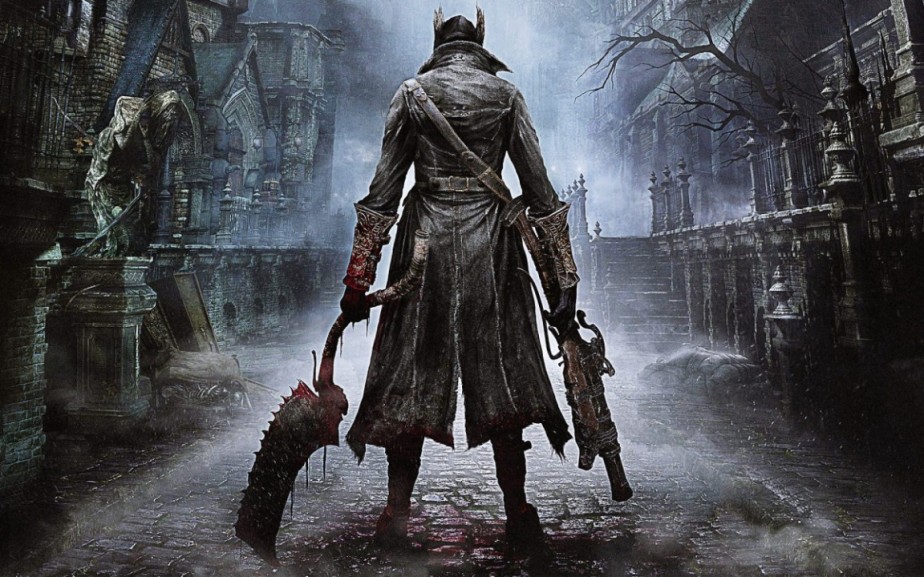
Authors Note: This is Part 6 of an ongoing series. Click here for Part 1 Part 2 Part 3 Part 4 and Part 5
The Glittering World is a 2015 novel by author and award-winning playwright Robert Levy. It tells the story of Michael “Blue” Whitley, his best friend Elisa, her husband – Jason and Blue’s romantic admirer, a young twenty-year-old named Gabriel, or Gabe.
Traveling to Blue’s estranged childhood home town and ex-commune of Starling Cove in Canada, the gang intend to sell the house of Blue’s even more estranged grandmother, which was left for him in her will. Upon arriving however, Blue finds himself strangely drawn to the mysterious forest surrounding the township and begins to hear voices calling from the trees, beckoning him to come home.








